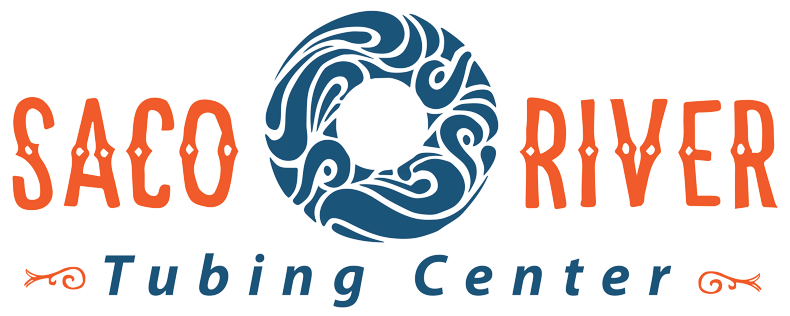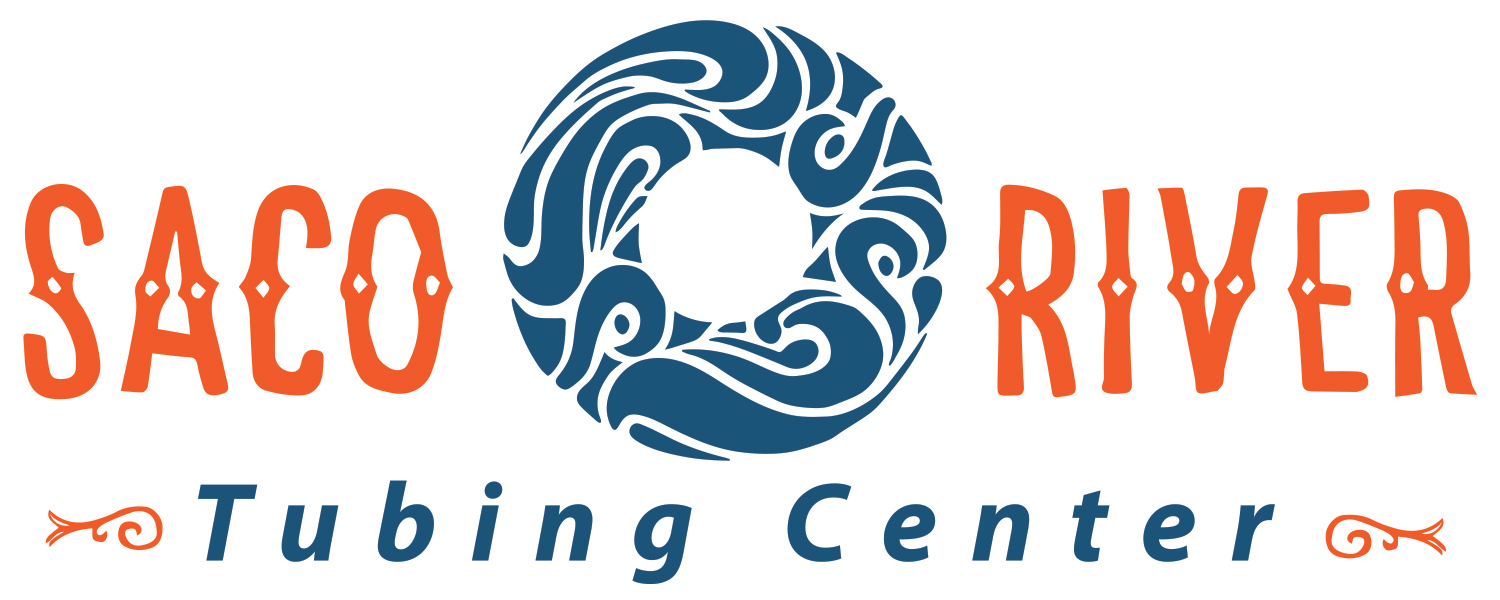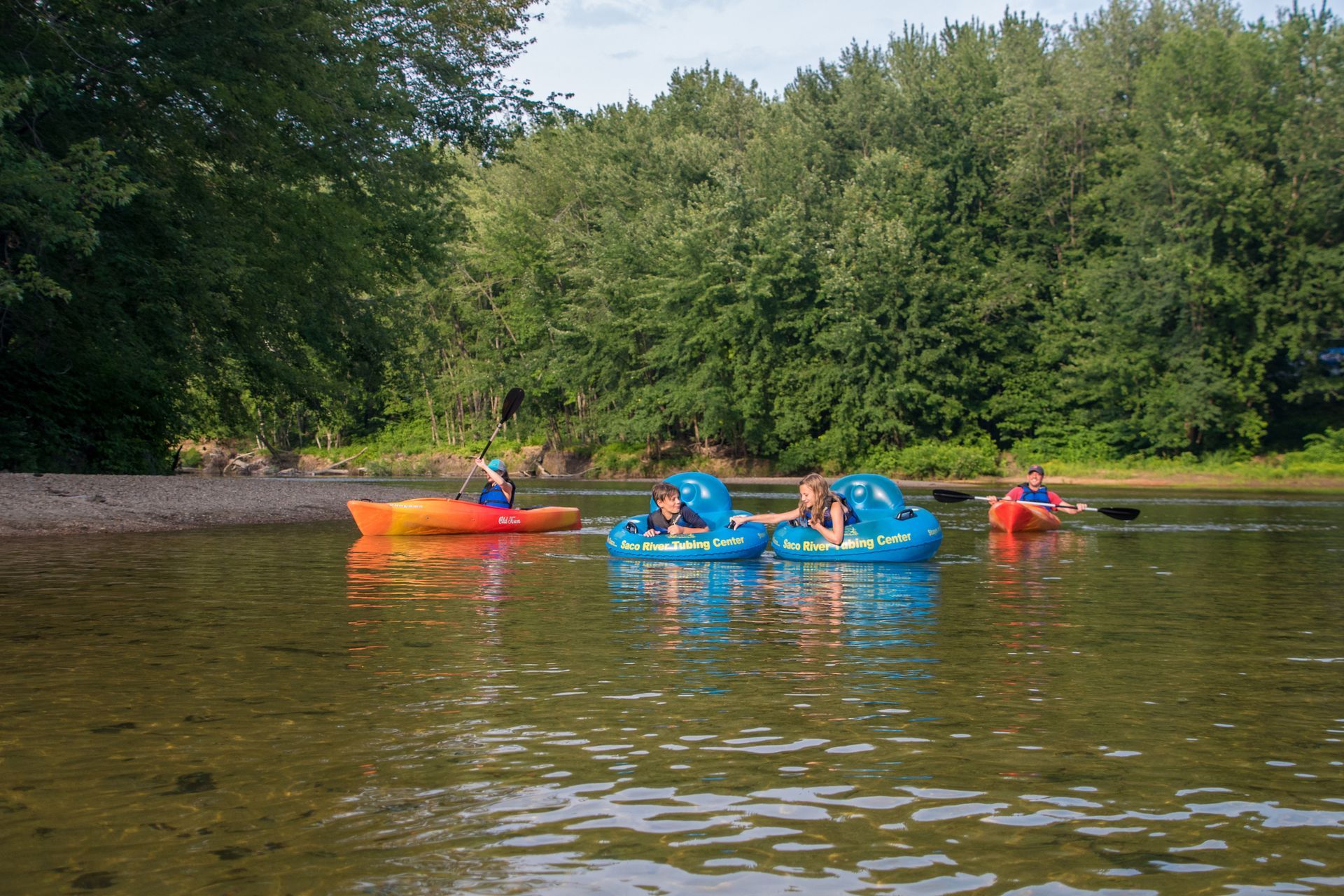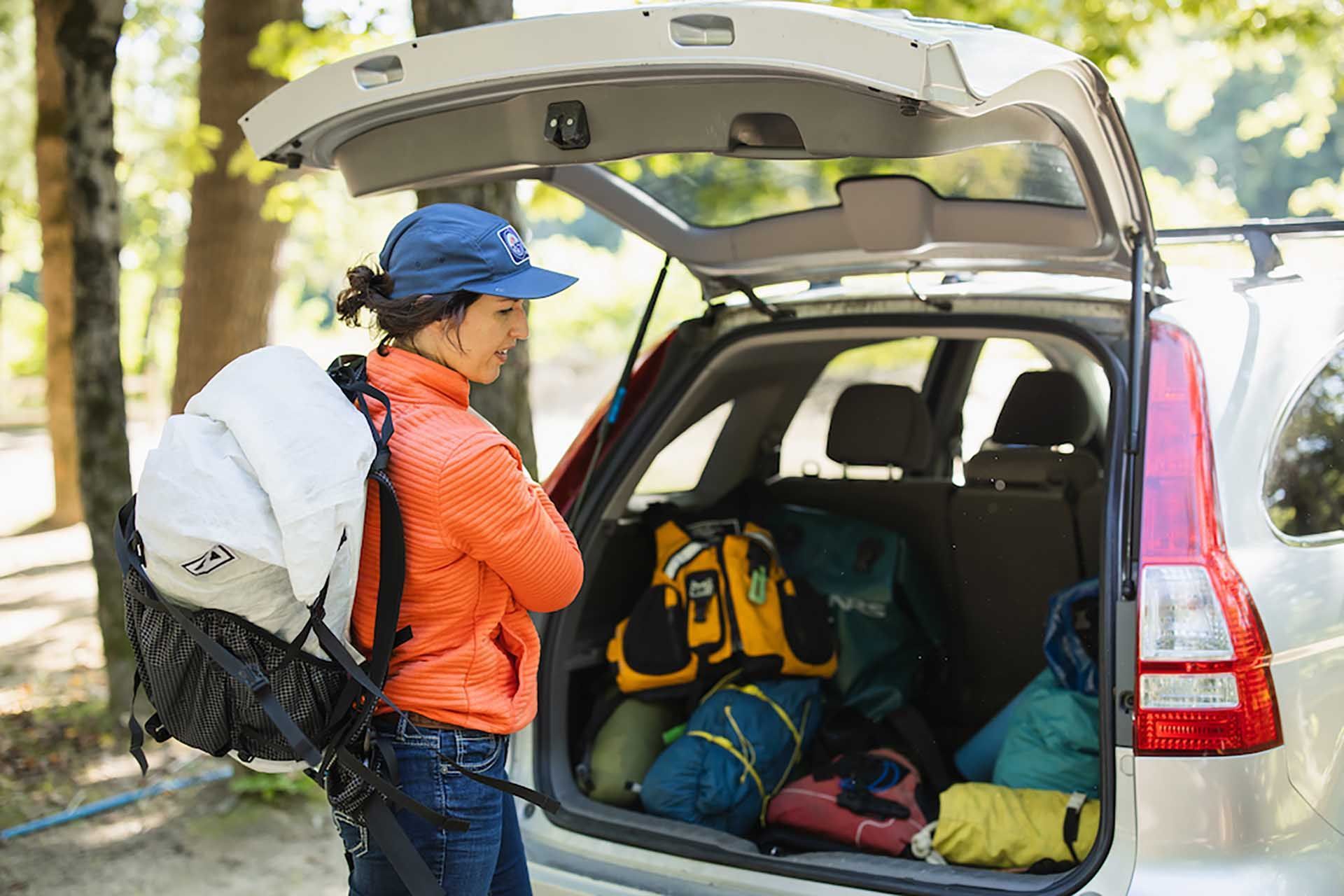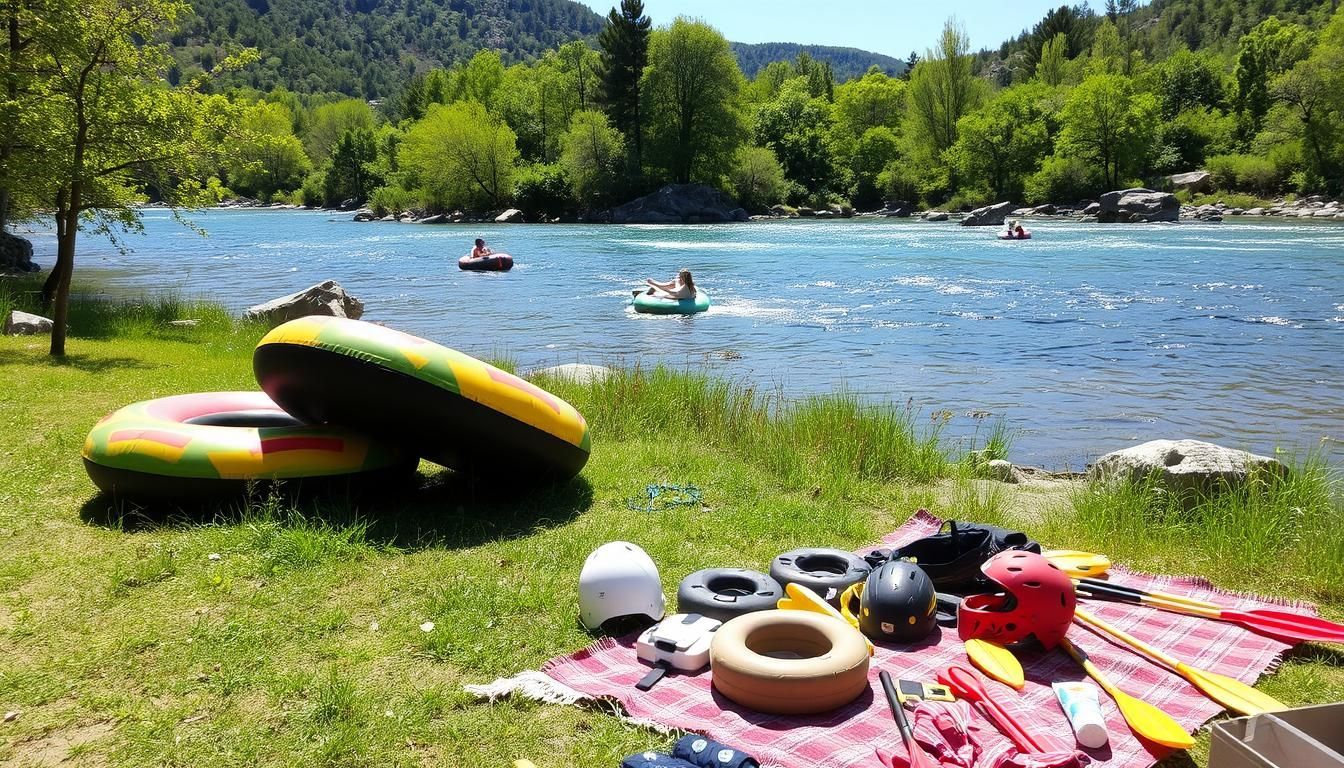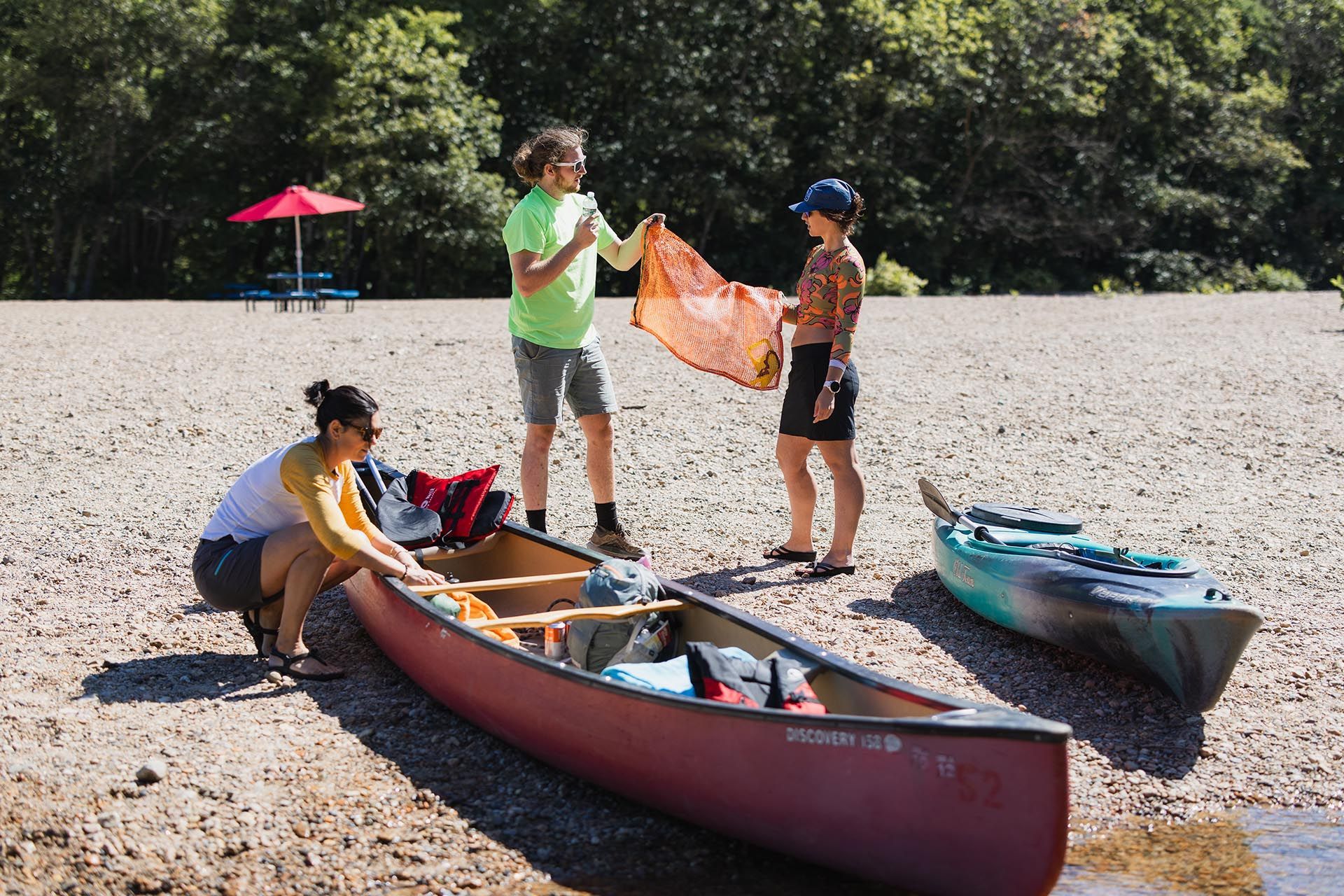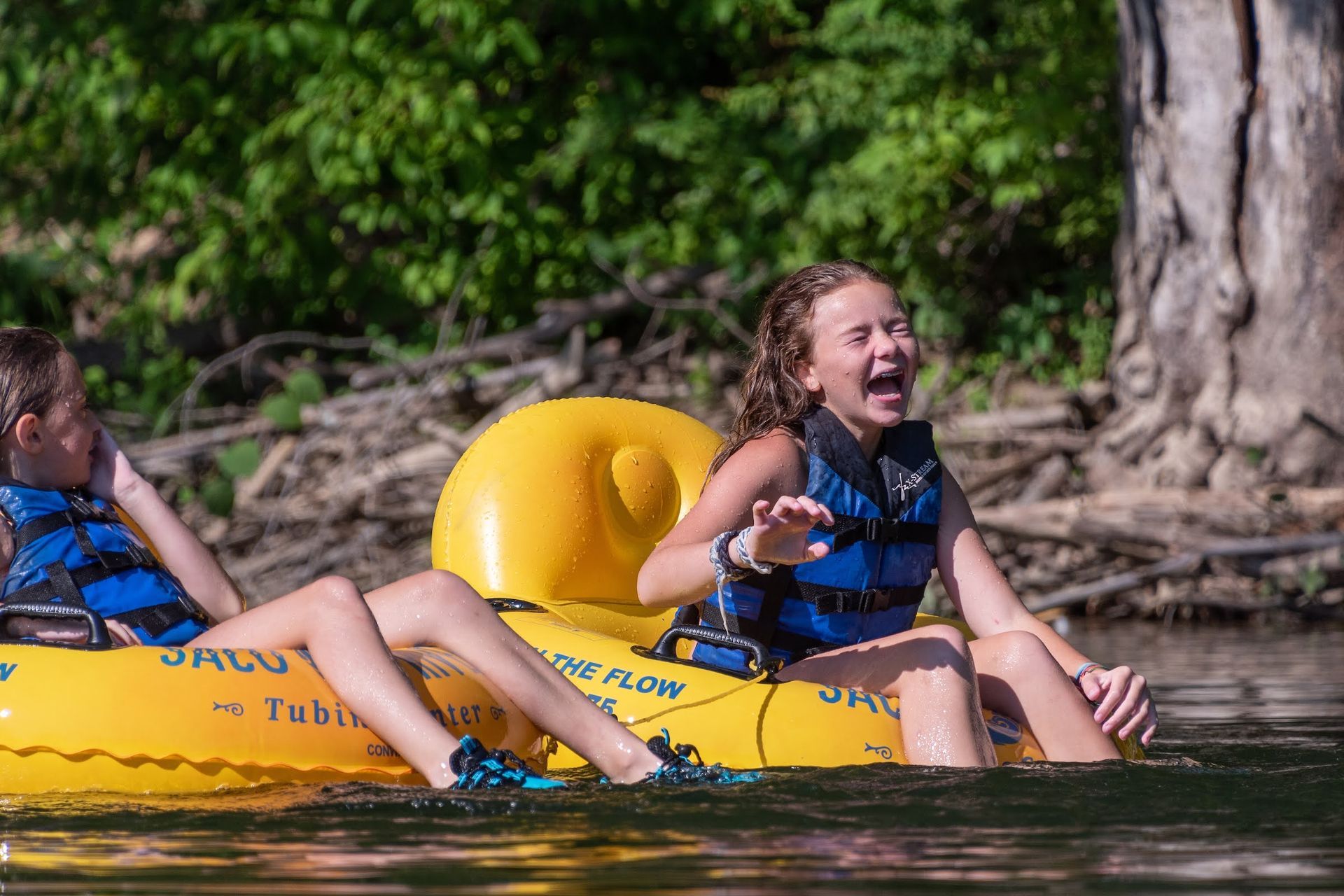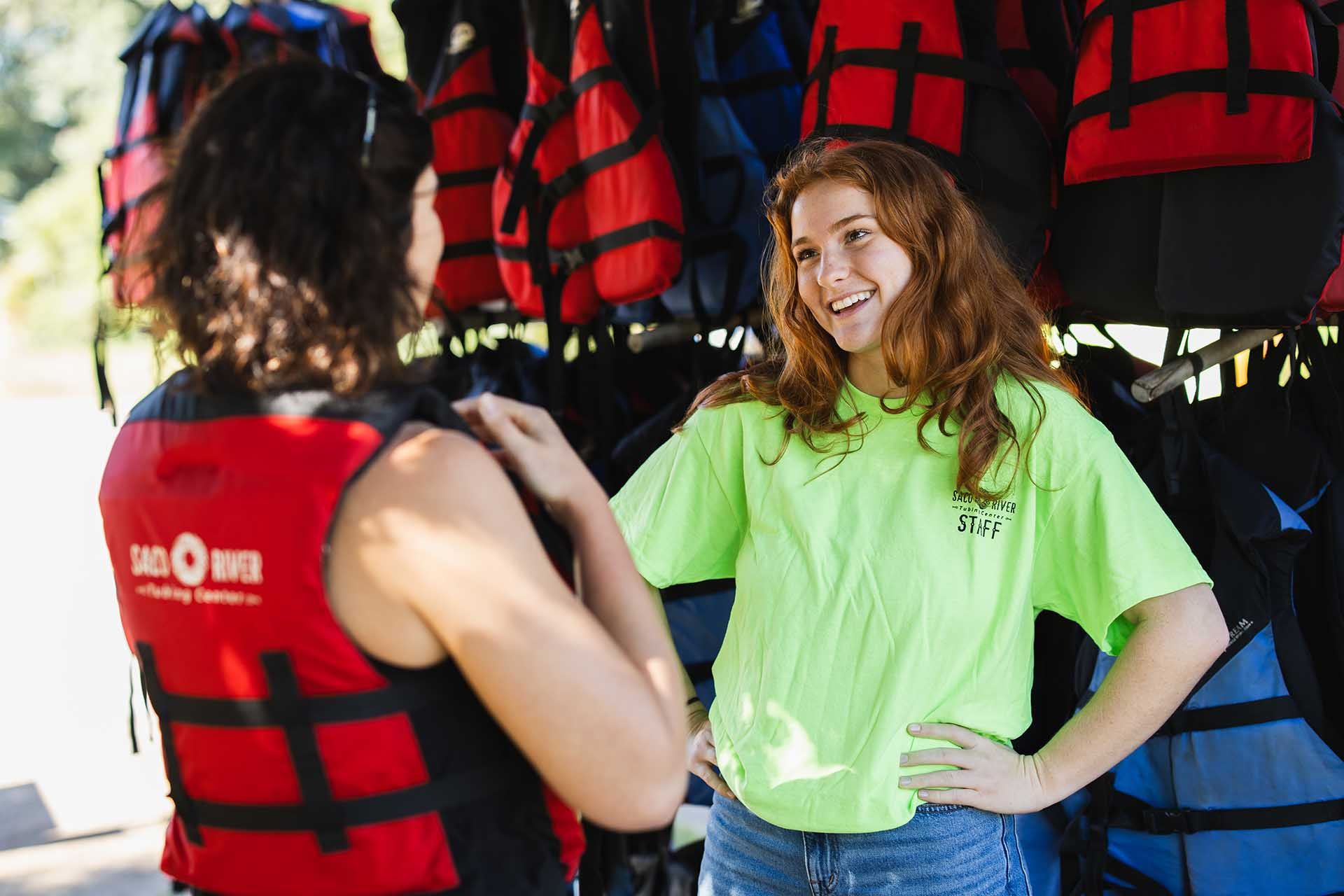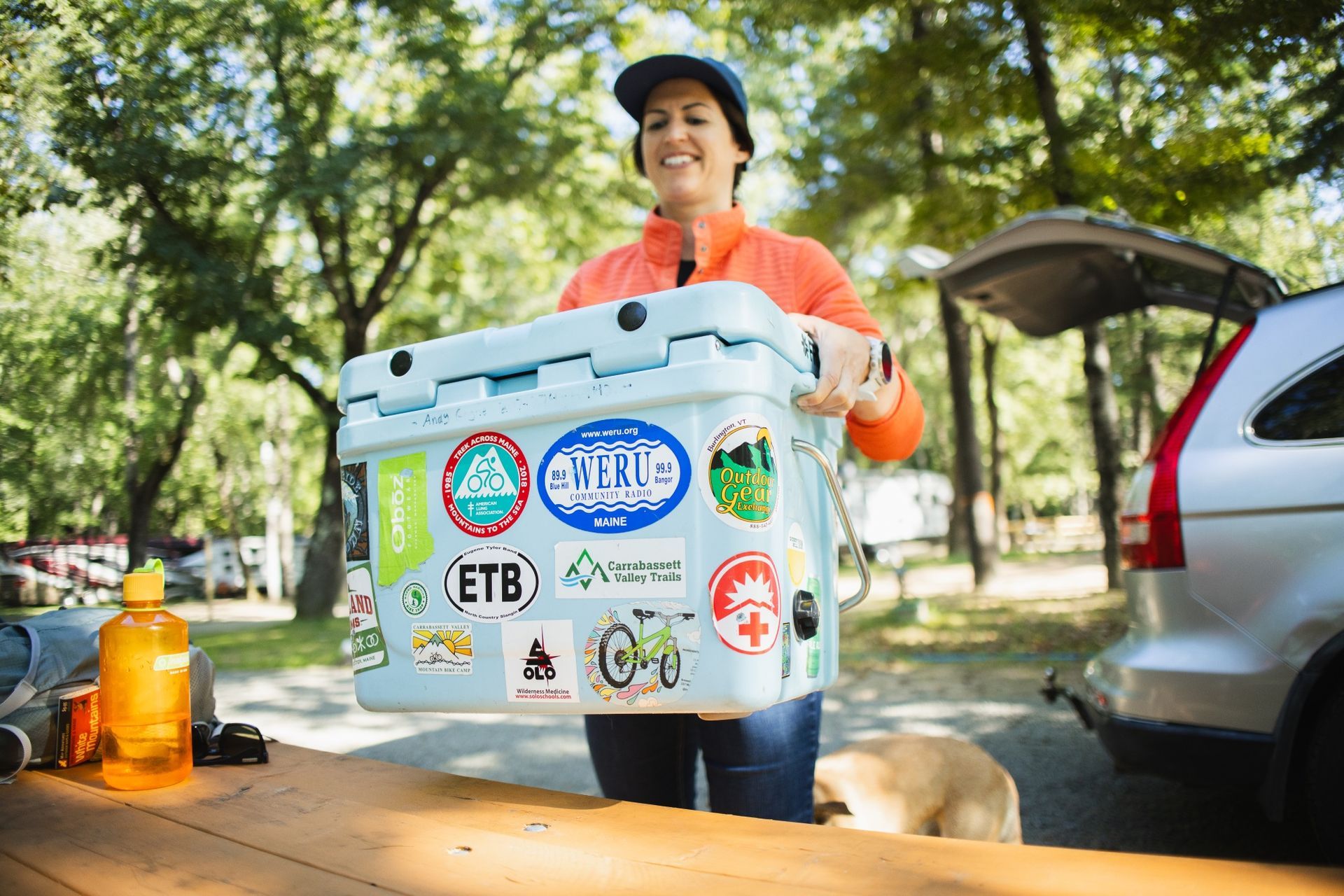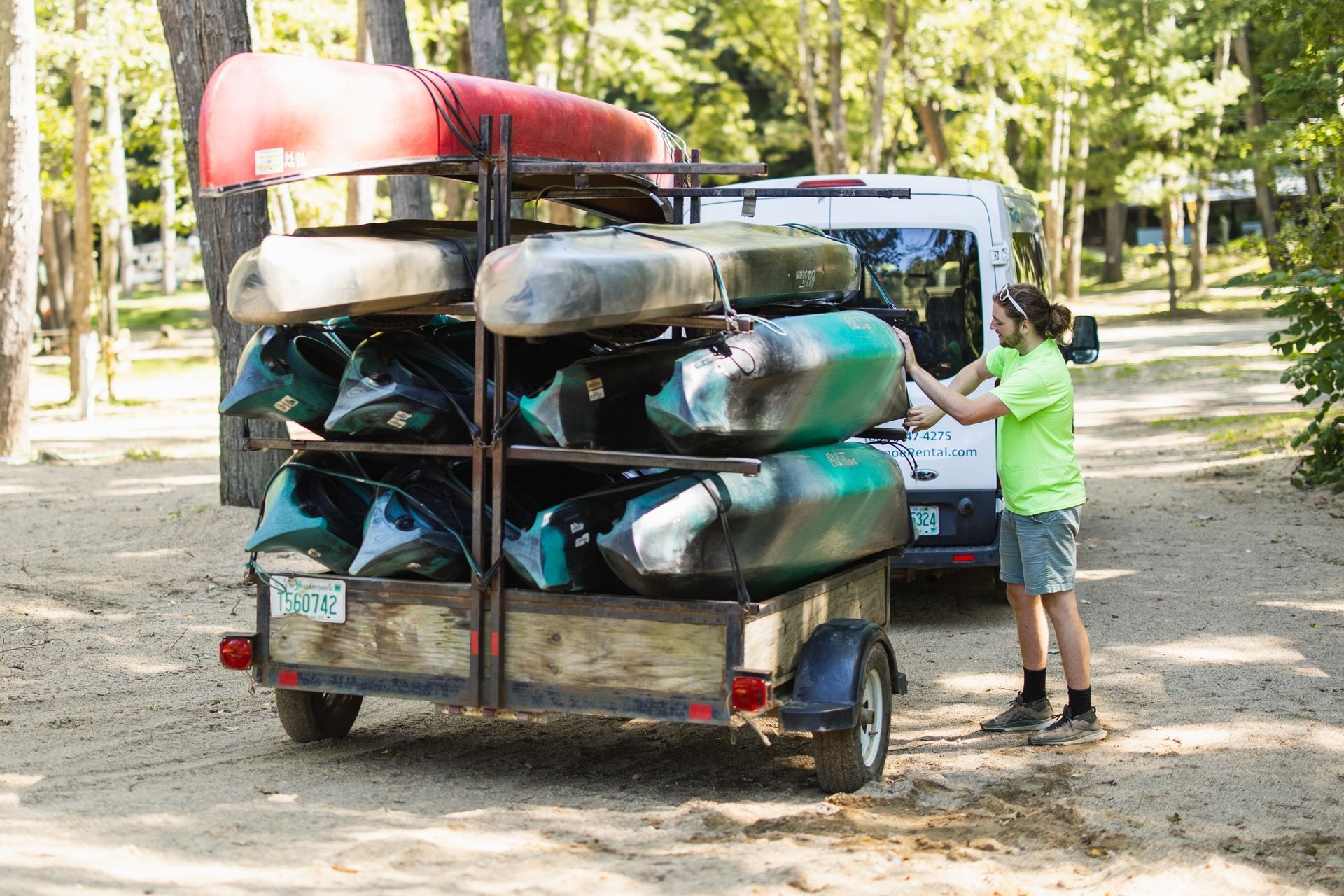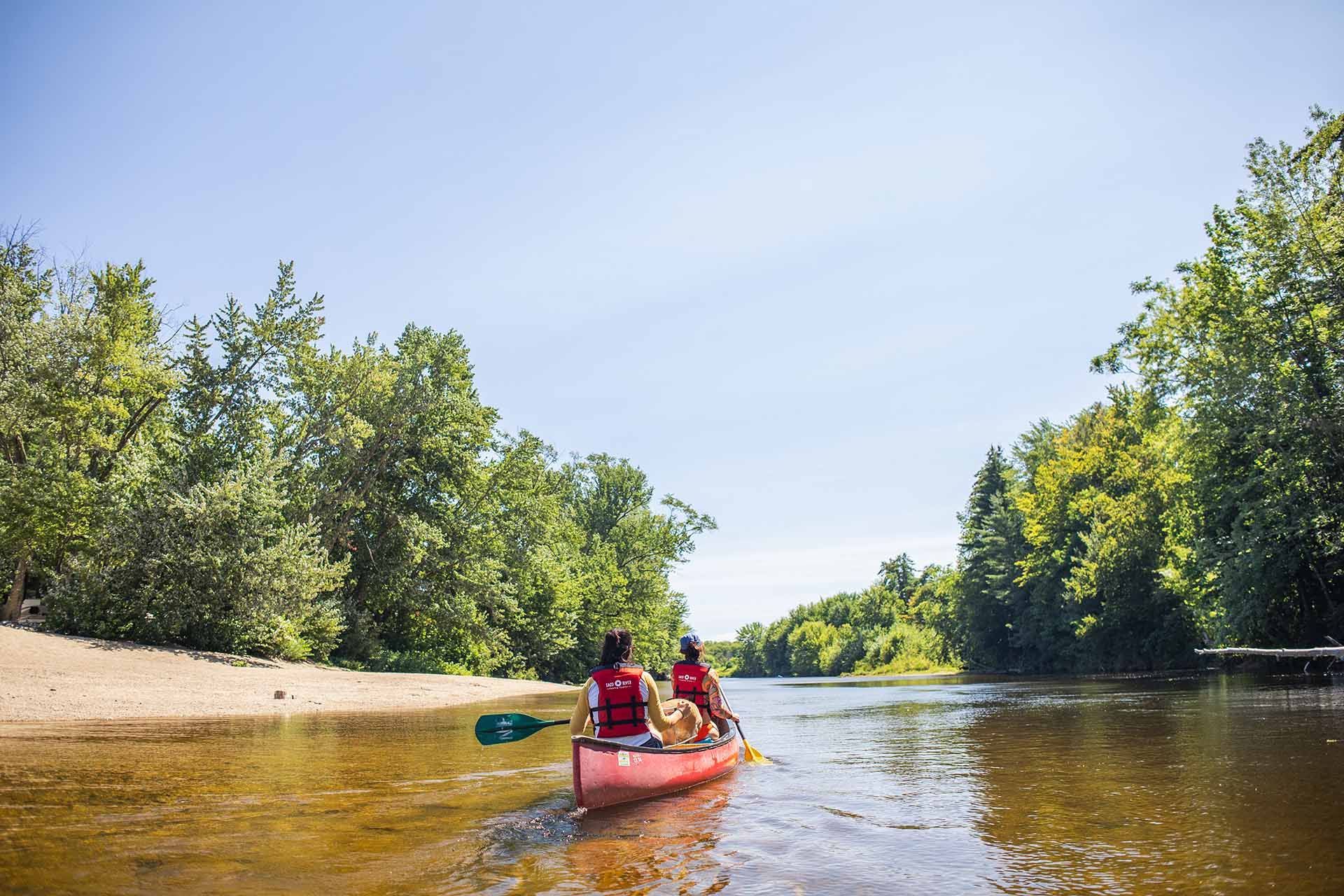Learn How to Paddle a Kayak: A Beginner Guide
Kayaking is a great way to get outside and enjoy the water. Whether you're paddling on a quiet lake, a slow-moving river, or even along the coast, it's a fun activity for all skill levels. If you're new to kayaking, learning the basics like kayaking terms and how to paddle will make your time on the water more enjoyable and safe. This guide will walk you through everything you need to know to get started, including what is paddling and the essentials of how to kayak properly.
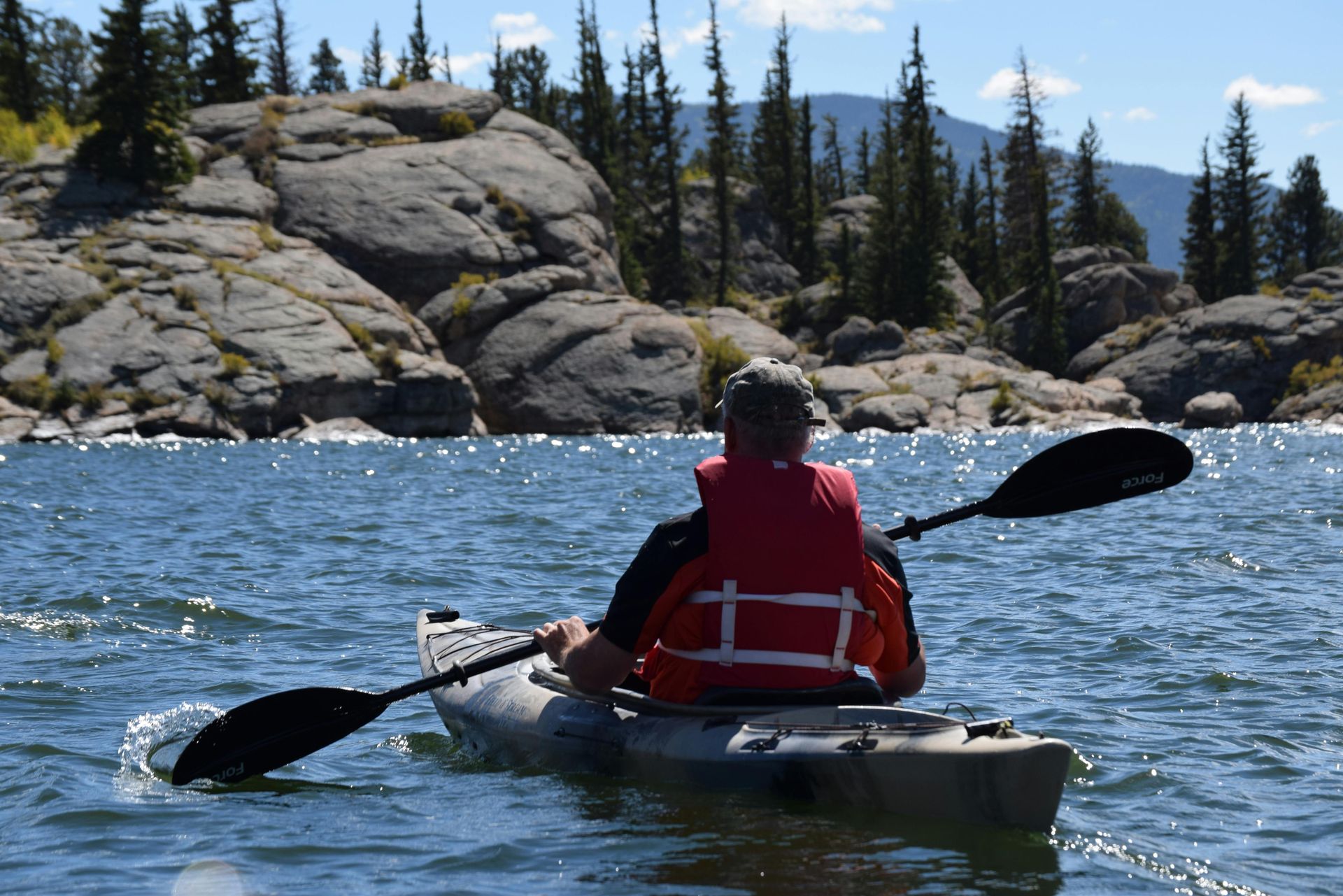
Choosing the Right Kayak and Gear
Before you head out, it's important to choose the right kayak and gear. Kayak with paddle combinations are standard for beginners. Kayaks come in different shapes and sizes. Some are sit-in, which offer more protection, while sit-on-top kayaks are open and easy to get in and out of, making them great for beginners. For beginners, understanding different types of kayaking and the kayaking gear for beginners will help you pick the right equipment.
What You’ll Need:
- A kayak that fits your needs
- A paddle for kayak
- A personal flotation device (PFD)
- A bilge pump (for sit-in kayaks)
- Waterproof dry bags for valuables
- Comfortable clothing and water shoes
- Essentials for kayaking like sunscreen and first-aid kits
Getting in and Out of a Kayak
One of the first things you'll need to practice is getting in and out of a kayak without tipping over. Knowing how to get into a kayak and how to get into and out of a kayak properly makes a big difference.
Getting In:
- Position your kayak in water close to the shore or dock.
- Hold onto the kayak for balance as you get in kayak carefully.
- Sit down carefully, adjusting your foot braces for comfort, ensuring you're sitting in a kayak correctly.
Getting Out:
- Paddle to shallow water or a dock.
- Use your paddle guide to stabilize yourself.
- Swing your legs to the side and carefully how to get out of kayak without losing your balance.
Basic Paddling Techniques
Using the correct kayak paddling technique will help you move efficiently and prevent fatigue.
1. Forward Stroke
This is the main stroke that moves your kayak forward.
- Hold the paddle with your hands shoulder-width apart, learning the proper way to hold kayak paddle.
- Place one blade in the water near your feet.
- Pull the paddle back while rotating your torso.
- Switch sides with each paddle stroke to stay straight.
2. Reverse Stroke
This helps you stop or move backward.
- Put the blade in the water near your hip.
- Push forward in a sweeping motion.
- Alternate sides to control your paddle boat kayak.
3. Sweep Stroke
To turn your kayak smoothly:
- Use a wide, sweeping motion on one side.
- Rotate your torso as you perform the kayak strokes.
- Repeat on the other side if needed.
4. Draw Stroke
To move sideways, which is useful near docks:
- Extend the paddle out to the side, mastering how to draw kayak.
- Pull the water toward you in a straight line.
- Repeat until you shift in the direction you want.
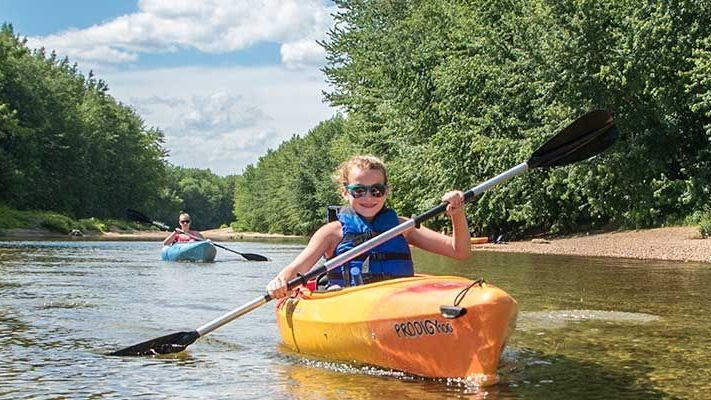
Staying Balanced in Your Kayak
Wondering how hard is it to kayak? It gets easier once you learn balancing a kayak properly. Though many worry, is kayaking hard or do kayaks tip easily, with practice, you'll be stable in no time. Learning standing on kayak and even standing on a kayak when experienced can give you better control.
Highlights: Beachfront camping, paddleboarding, and fishing.
Perfect for: Families and beach lovers looking for a peaceful lakeside retreat.
Learn more through New Hampshire State Parks.
Safety Tips for Kayakers
- Always wear a PFD.
- Check the weather before heading out.
- Bring plenty of water and snacks.
- Know how to get into kayak from the water or how to get in kayak from water if you capsize.
- Let someone know your plans before you go.
- Be aware of currents, rocks, and obstacles.
How to Get Better at Kayaking
The more you practice, the easier it becomes. For instance, is it hard to kayak? Not after you get used to how to paddle a kayak correctly and understand kayaking guidelines.
Joining kayak groups near me or clubs can offer valuable experience and beginner kayak tips. You'll also improve your kayaking techniques for beginners, especially learning about paddling a kayak in different conditions.
Want to build confidence? Start with short trips and gradually go longer as you get more comfortable. Over time, you’ll feel more in control and ready for bigger adventures.
What to Bring on a Kayaking Trip
If you're preparing for a day on the water, don't forget:
- Extra clothing
- Sunscreen and sunglasses
- A whistle or signal
- A small first-aid kit
- Understanding the proper kayaking form and proper kayak paddling technique ensures safety throughout your trip.
- A camera to capture you rowing a kayak or doing back paddling techniques.
You might also want to bring a camera or GoPro to capture your experience!
Exploring the Saco River
If you're asking where can i go kayaking? - check out the Saco River in New England. It’s ideal for beginners learning kayaking at sea or river paddling. The river’s calm waters help you master how to paddle straight kayak without much worry.
For more fun activities in the area, visit the top things to do around the Saco River and make the most of your trip.
Ready to Hit the Water?
Now that you know the basics of how to hold kayak paddle, how to paddle kayak, and how to paddle straight kayak, it’s time to get out there! Whether you want to explore lakes or try kayaking how to in bays, remember the correct way to hold a kayak paddle is key to staying balanced and having fun. Book your trip now and enjoy paddling paddle adventures under the sun! 🌞
